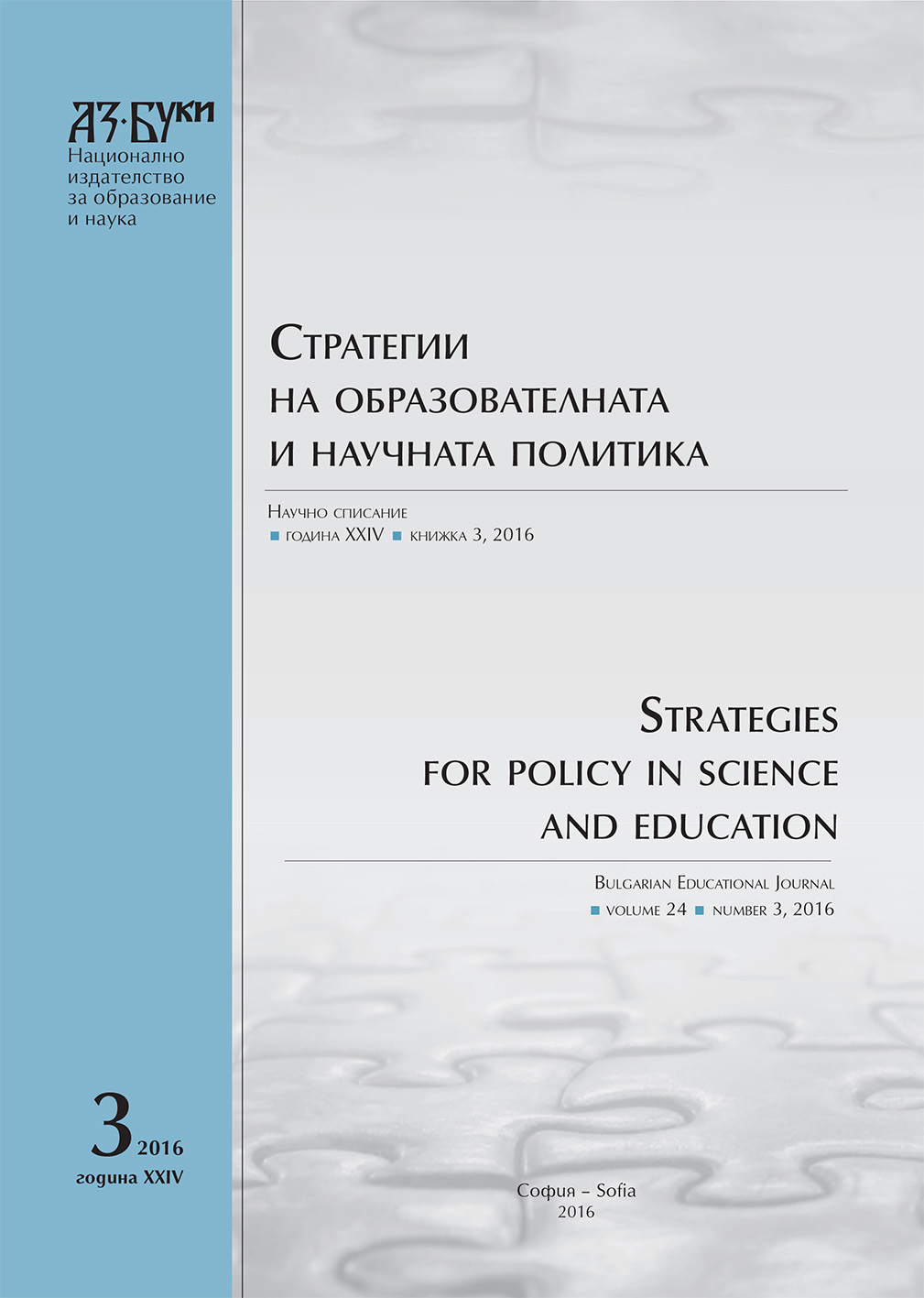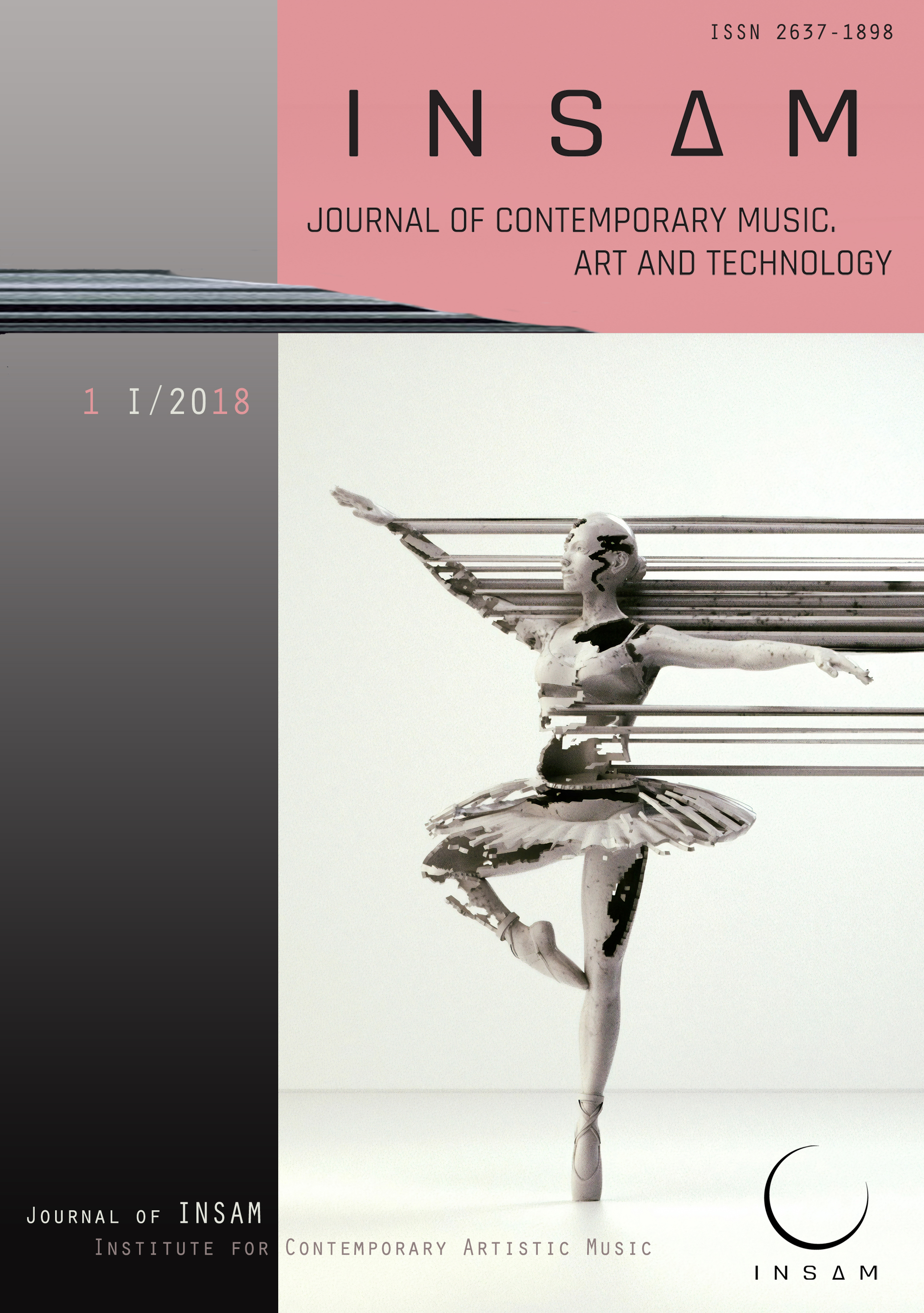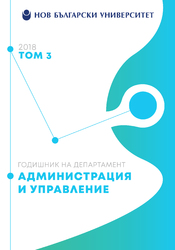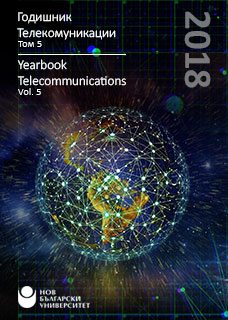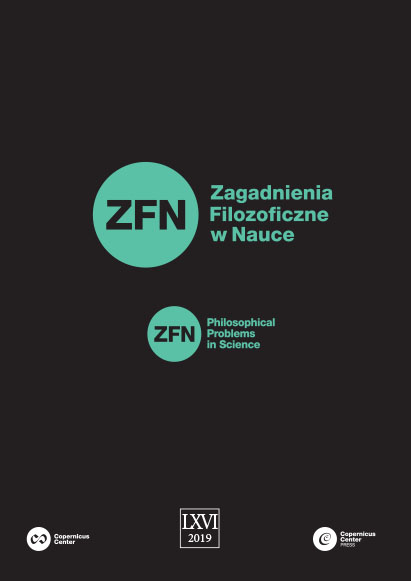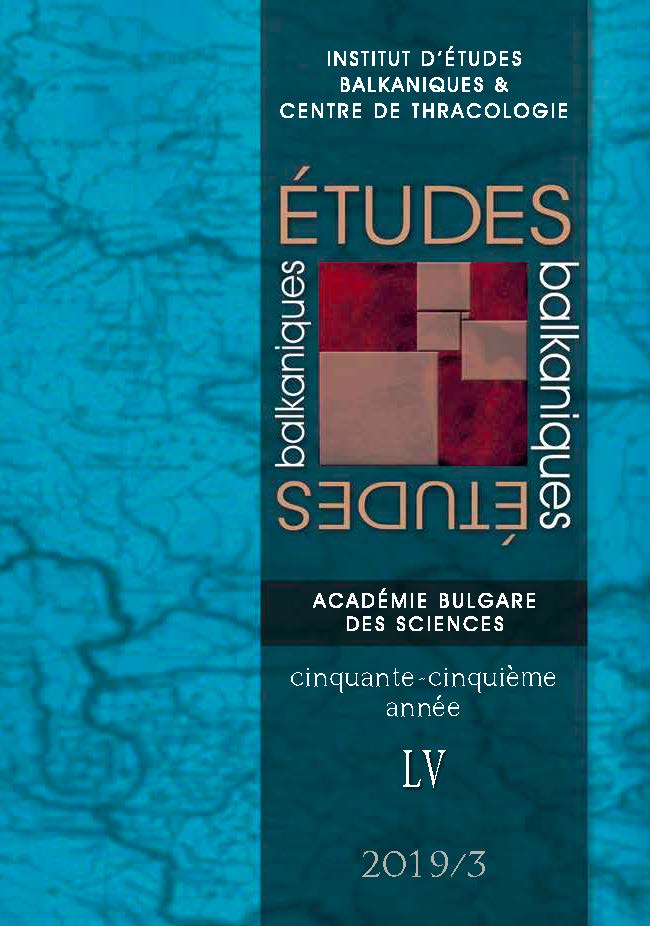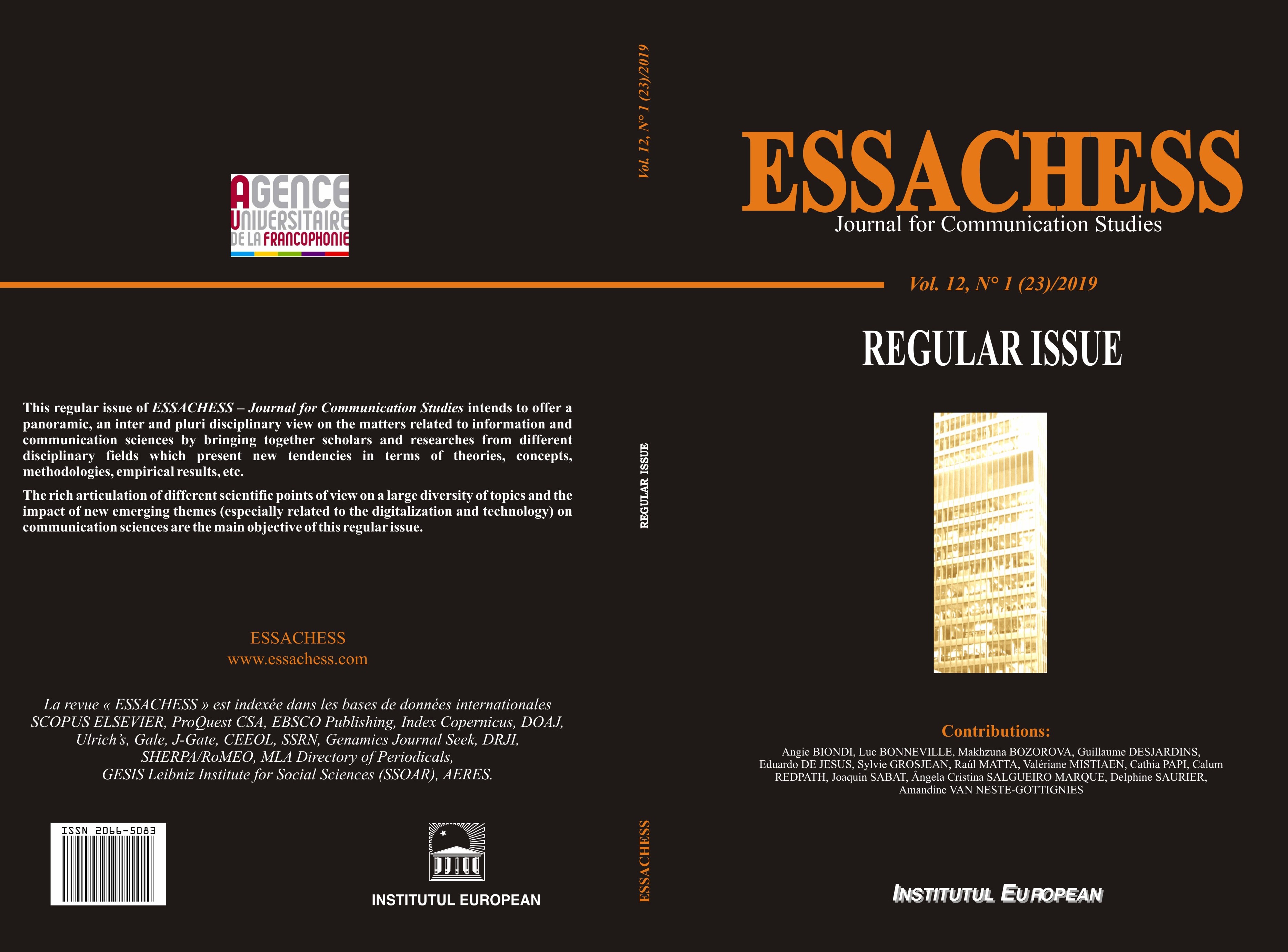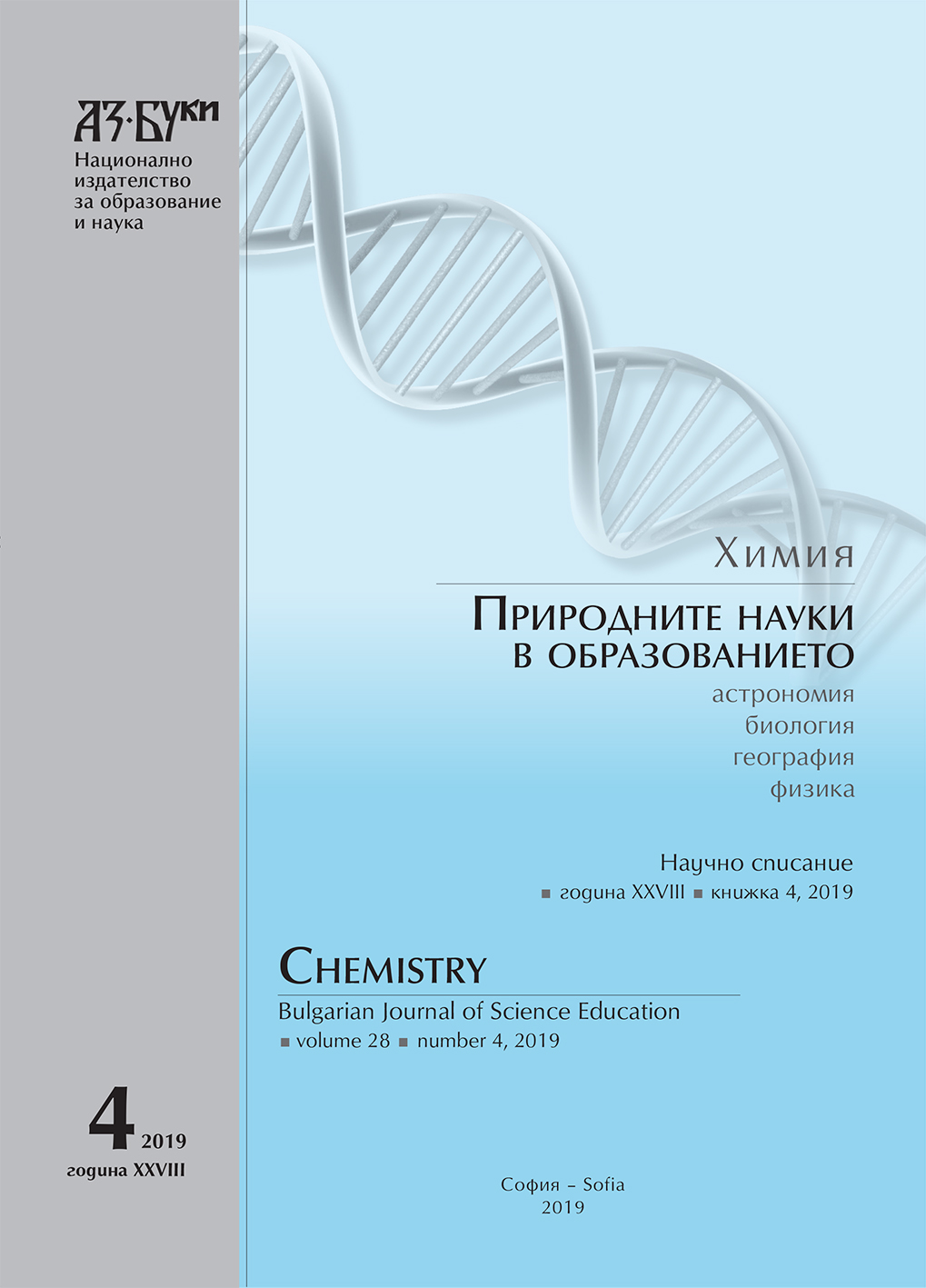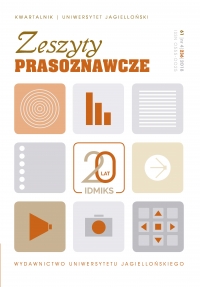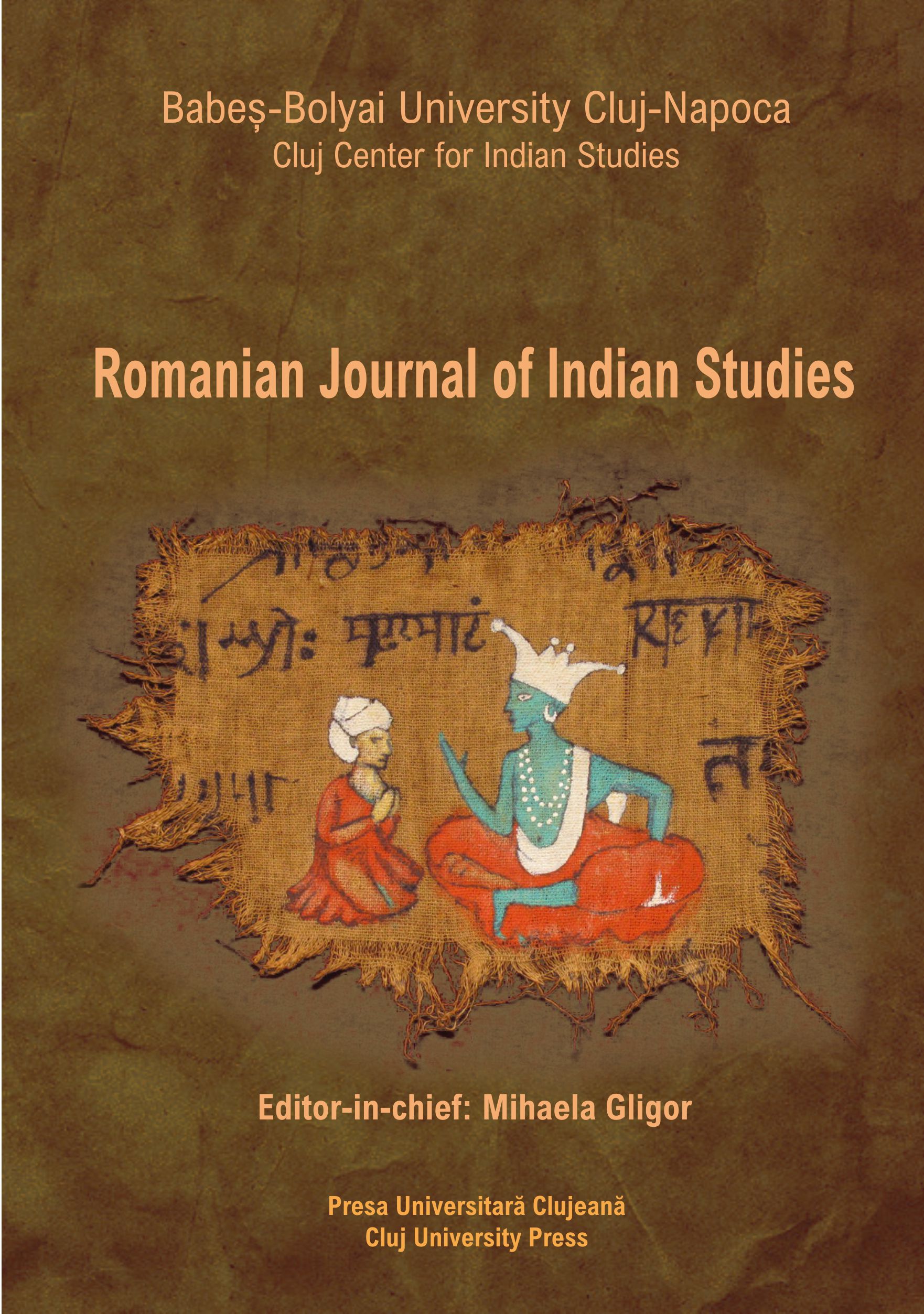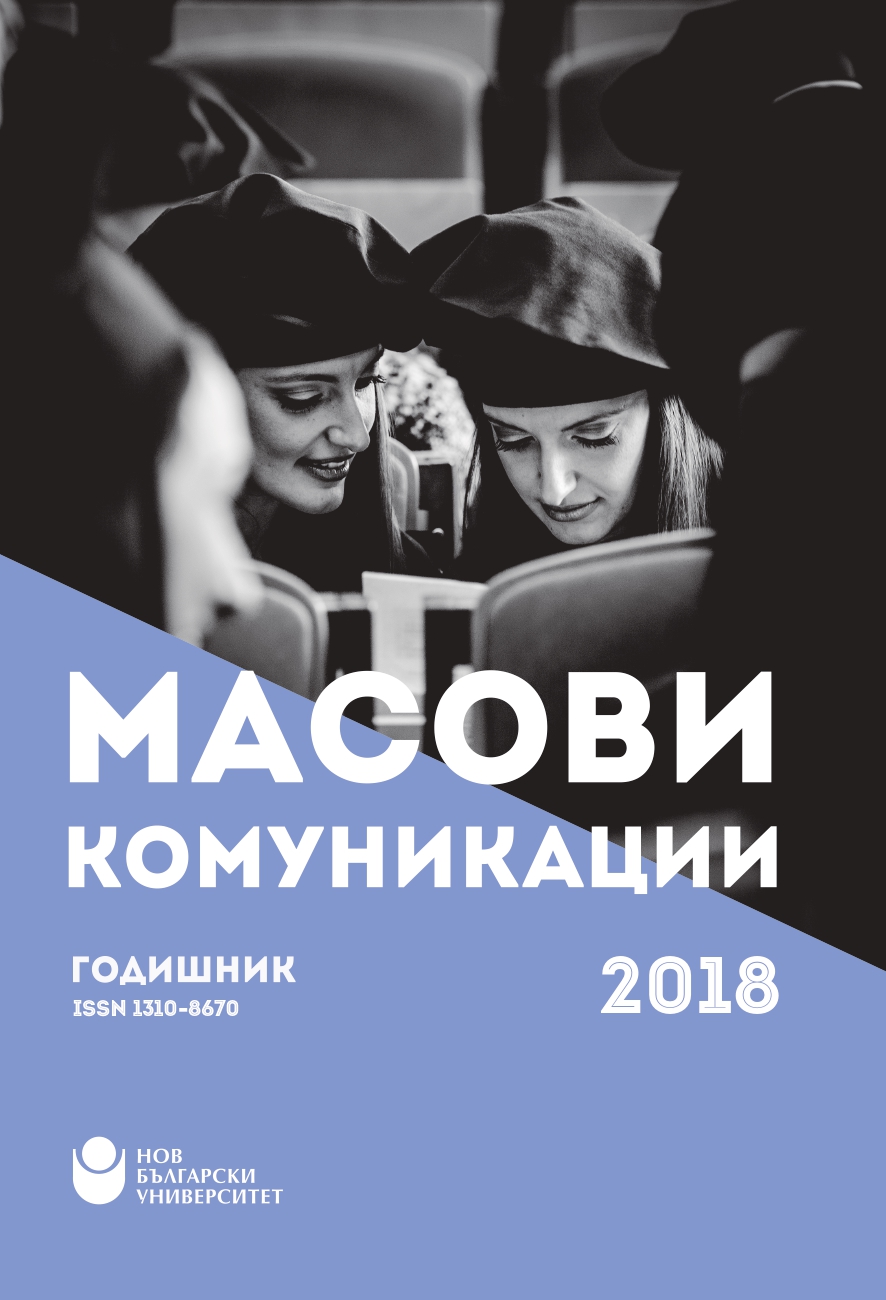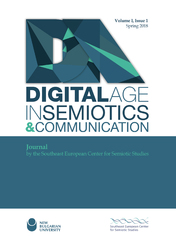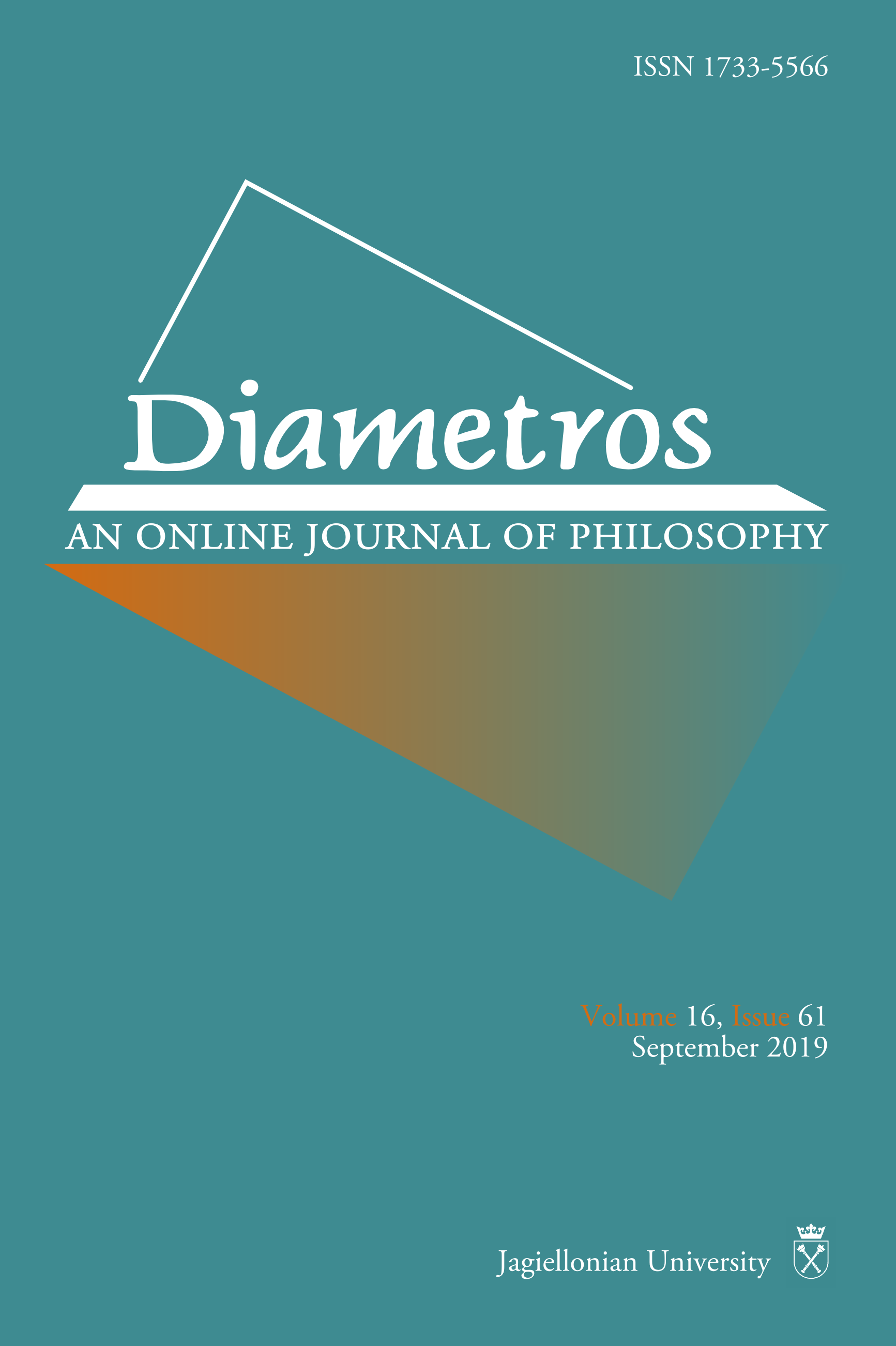Author(s): Malamir Spasov / Language(s): English
Issue: 3/2019
In “Homo viator” Gabriel Marcel says: “We cannot help seeing that there is the closest of connections between the soul and hope. I almost think that hope is for the soul what breathing is for the living organism. (…) It is precisely the soul that is the traveler; it is of the soul and of the soul alone that we can say with supreme truth that „being” necessarily means „being on the way” (en route)”1. And thus man on the way is precisely a man of hope, whether traveling in space, time, imagination, oneself, etc.Since the time of Modernism the so-called existential traveler turned into a preferred character in the vast literary field. He is so irresistibly attractive probably because the existential traveler is homo viator par excellence, most vividly expressing the idea of the modern mobility in a broader sense – as freedom and search through the world, but also into oneself – and expressing hope eventually. Regardless of how different existential travelers are within and among themselves, no matter how various they sound like and how we are accustomed to perceiving them, after all, they represent some expression of hope – an escape of the terrifying and insurmountable issues that weigh above the human situation. Furthermore, since hope is a knowing which outstrips the unknown2, in a way, hope represents an excess. Hence, by analogy, hope is deviation, hope is strange, hope is even bizarre. Man on the way, or the travelling man, is often a strange man, or at least he is a stranger. And then the strangest of the strange is perhaps the one who gives the most hope in his own way. It happened so that Modernism transformed the literary narrative into an institution of the modern society and artistic shape of time. The author, as a creator, turned into original paradigm of human being, respectively the existential traveler – into original paradigm of travelling man; into homo viator par excellence. He articulated his own cultural and civilizational code through writing. Modernist narrative was his transcendent achievement. And its strangest of the strange, its most bizarre manifestations, which we here refer as bizarrism, were often its highest efforts. Thus the most bizarre travels of the existential traveler turned into ultimate travels – travels par excellence – the furthest trips of hope.
More...
